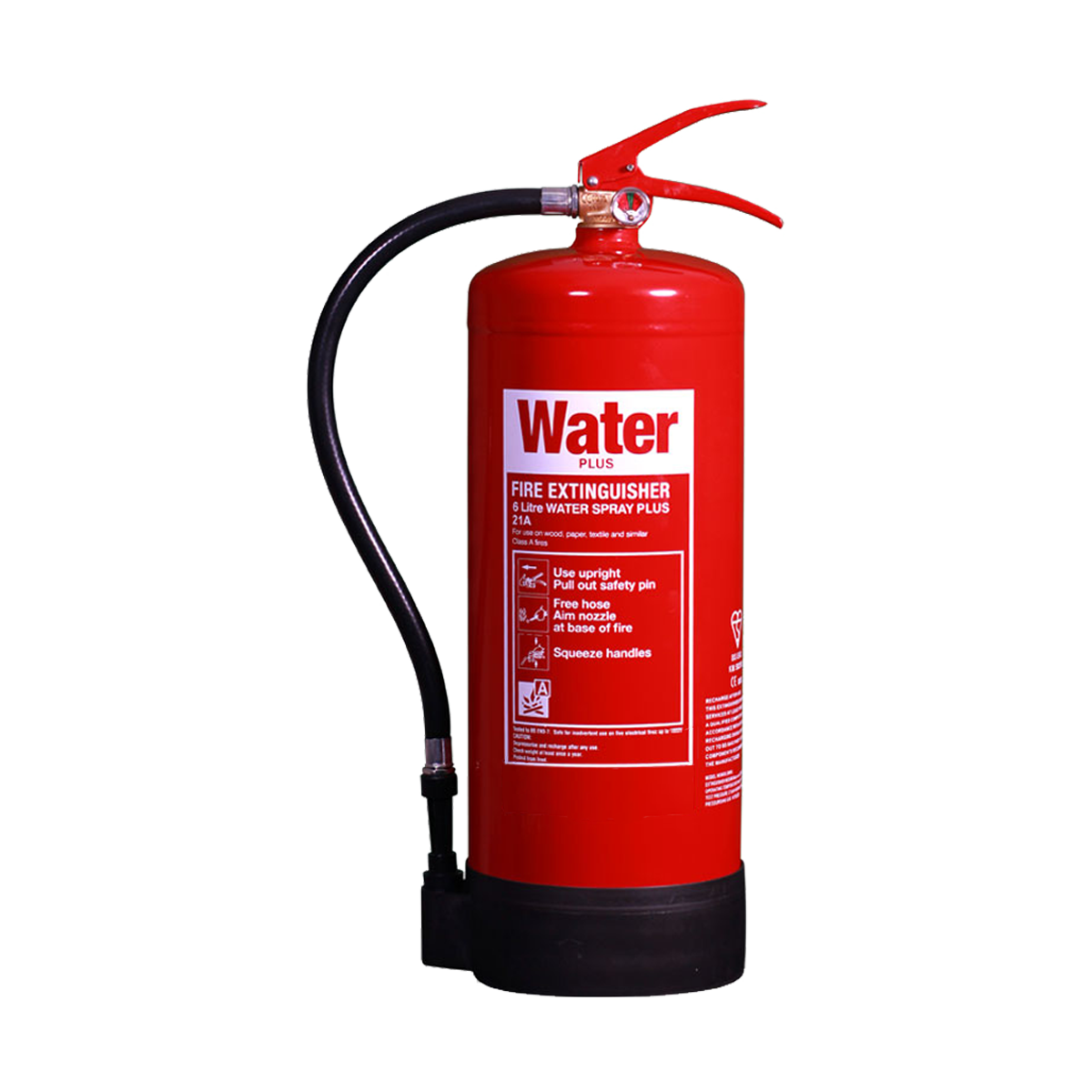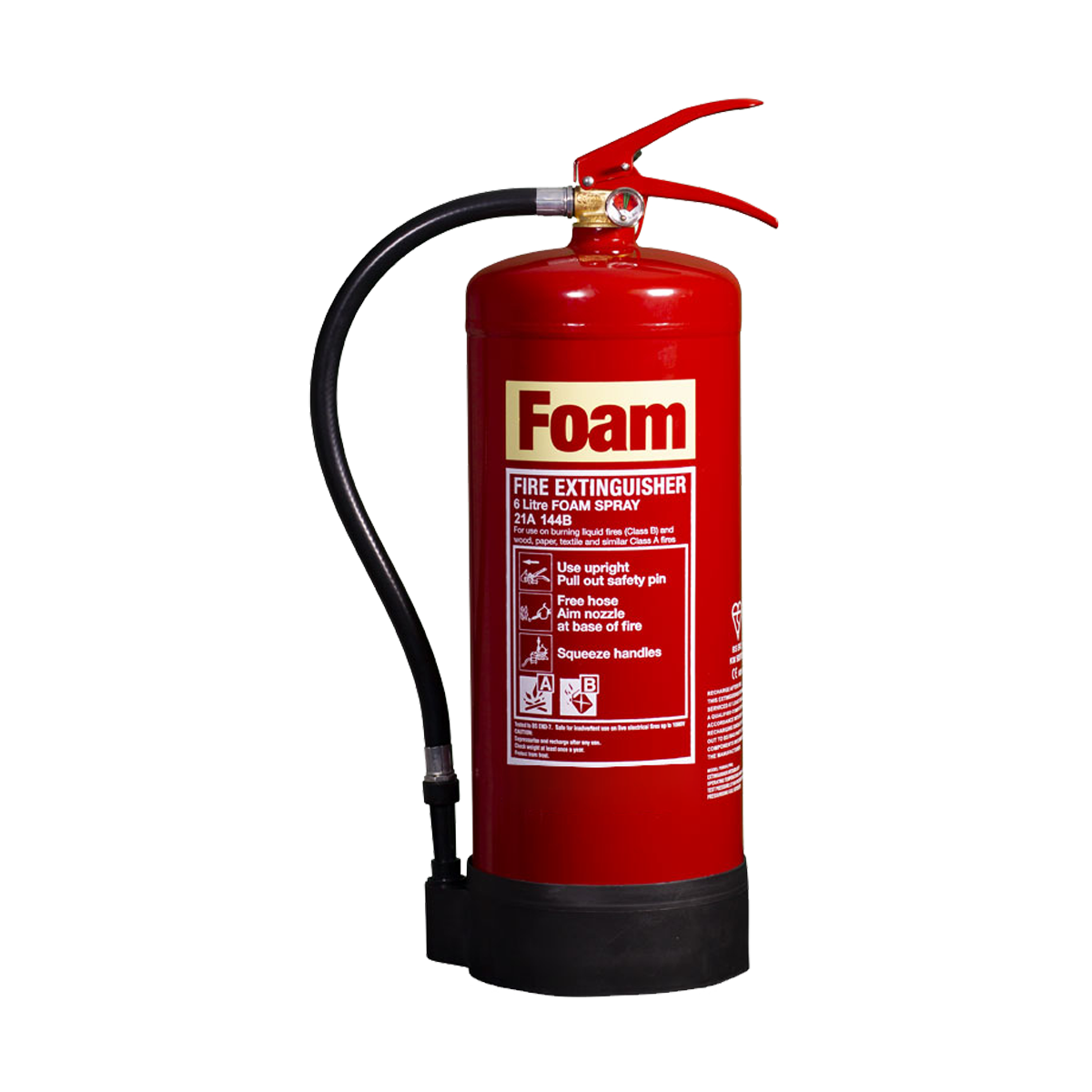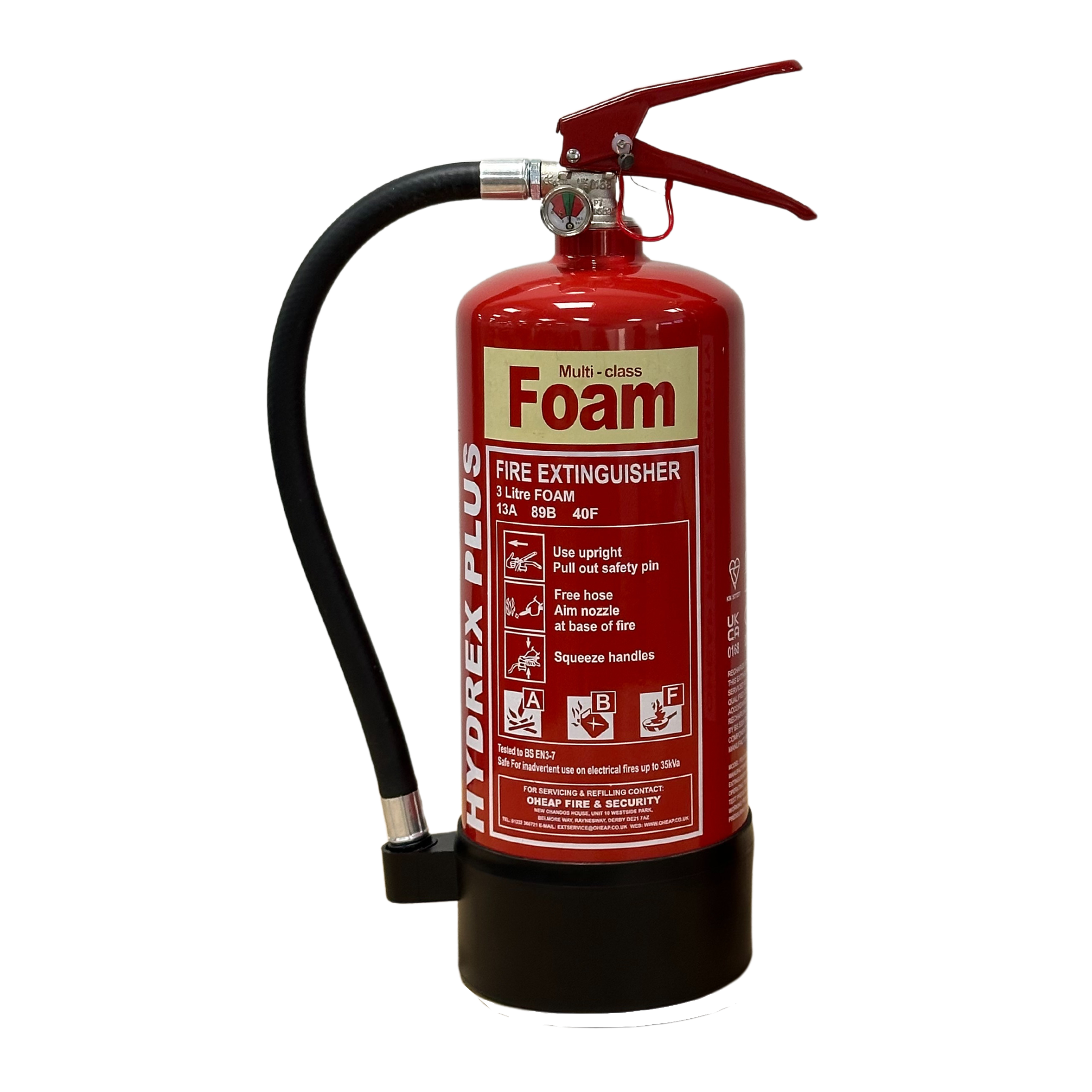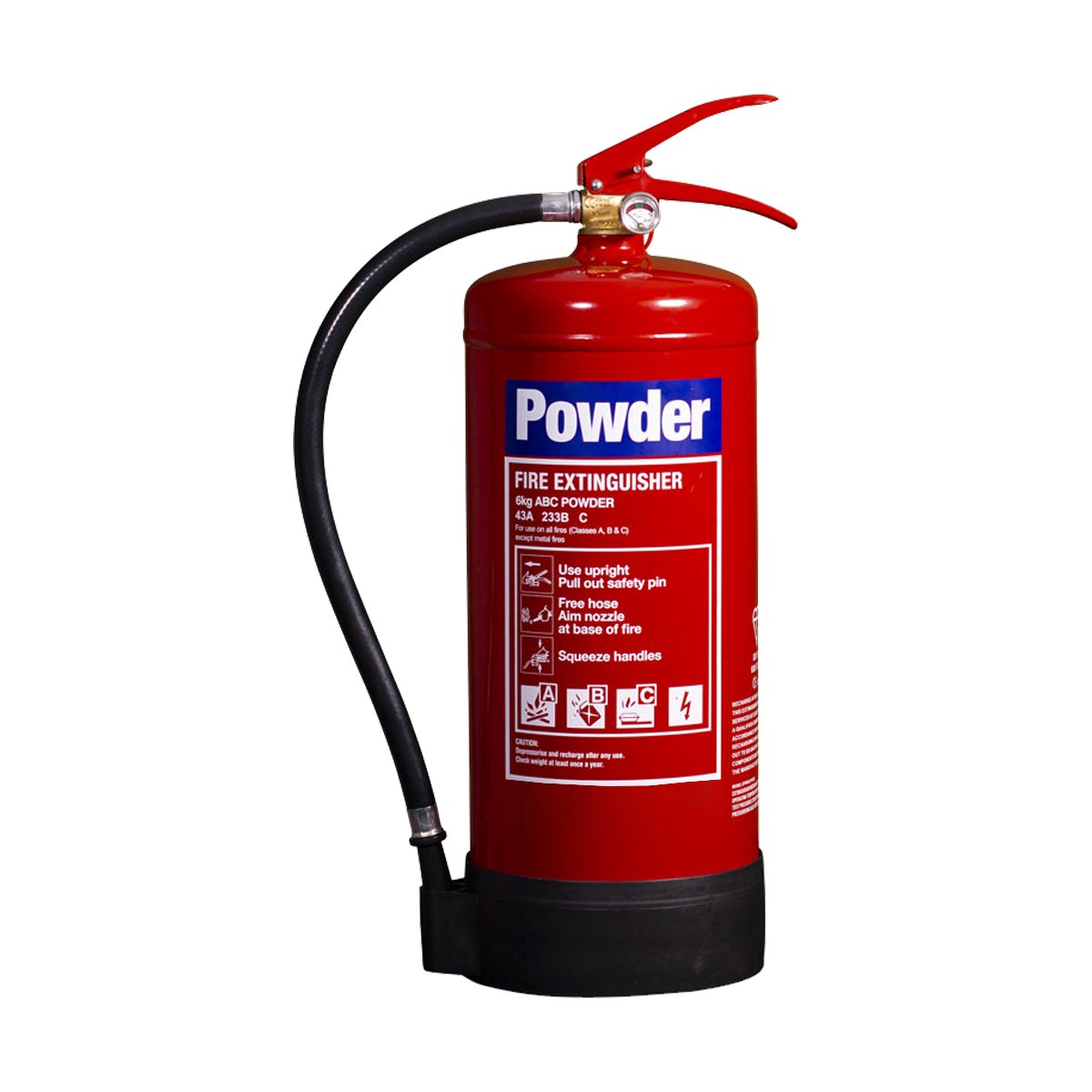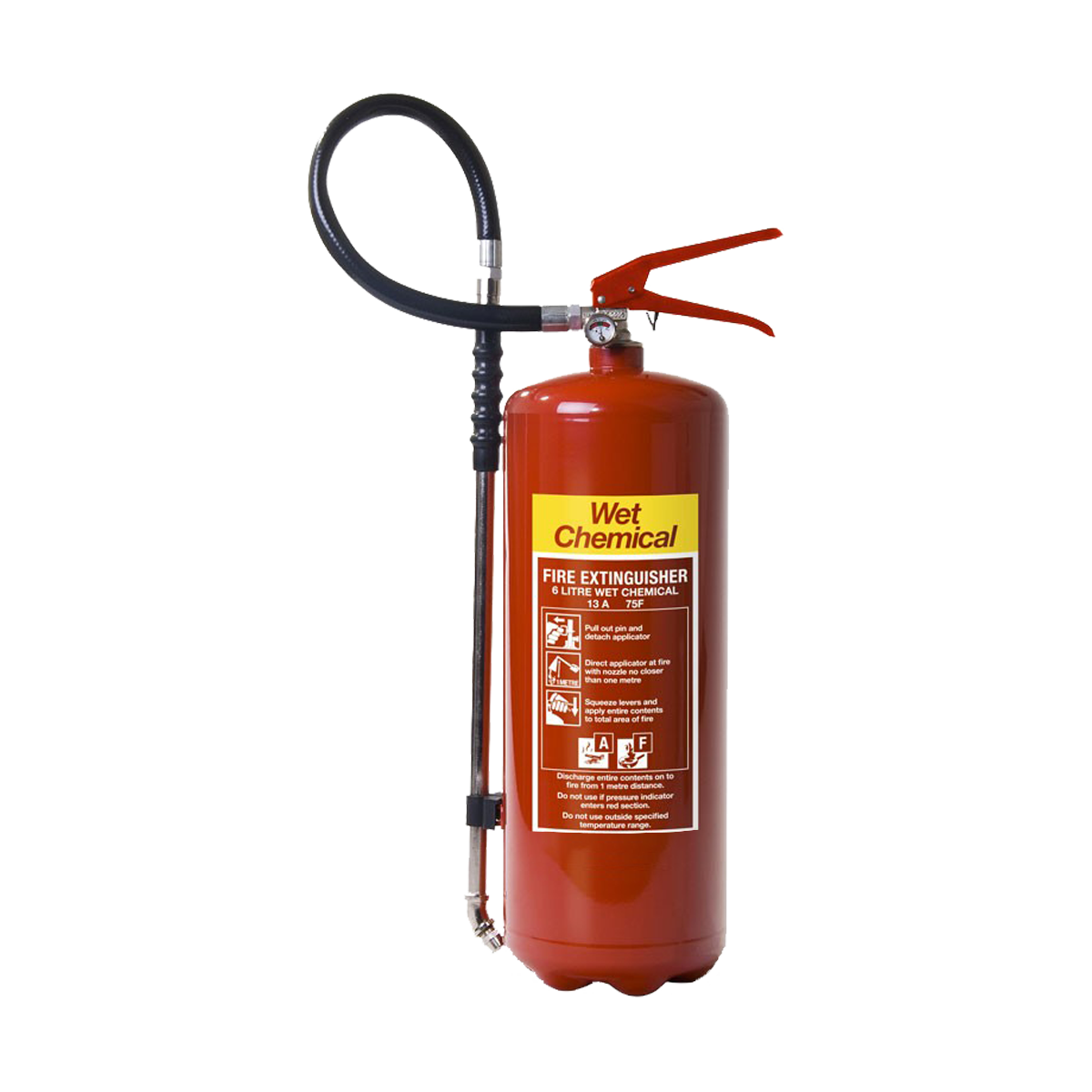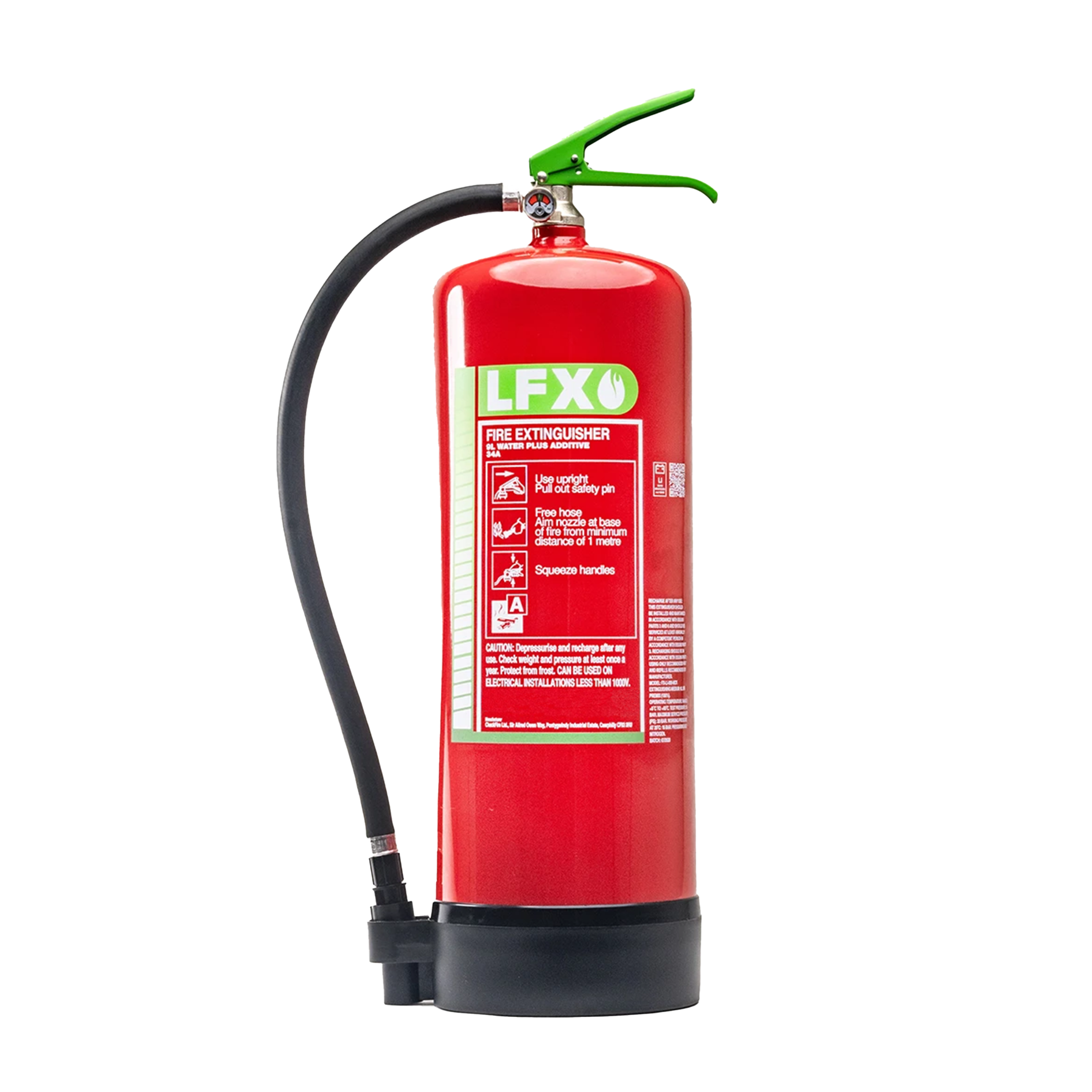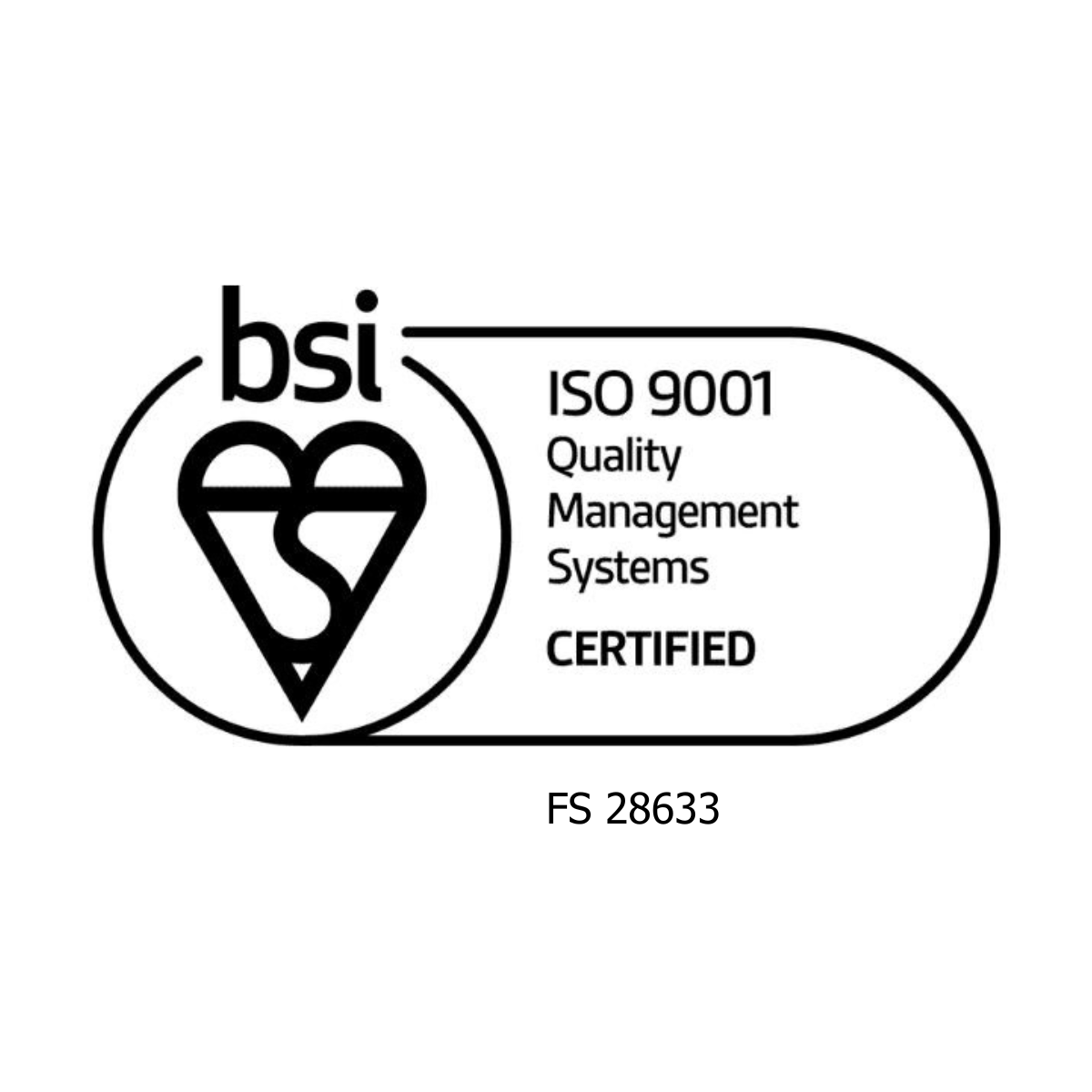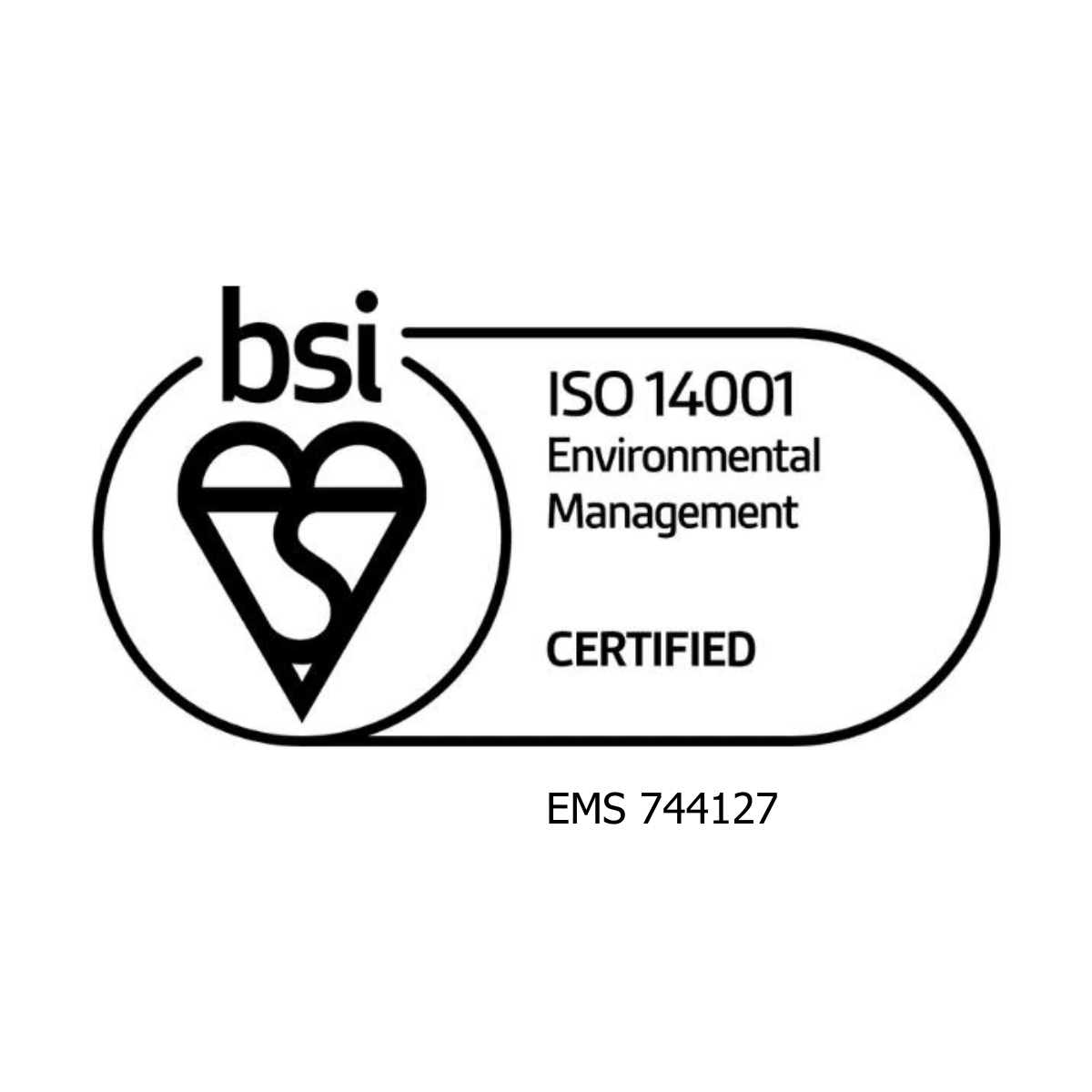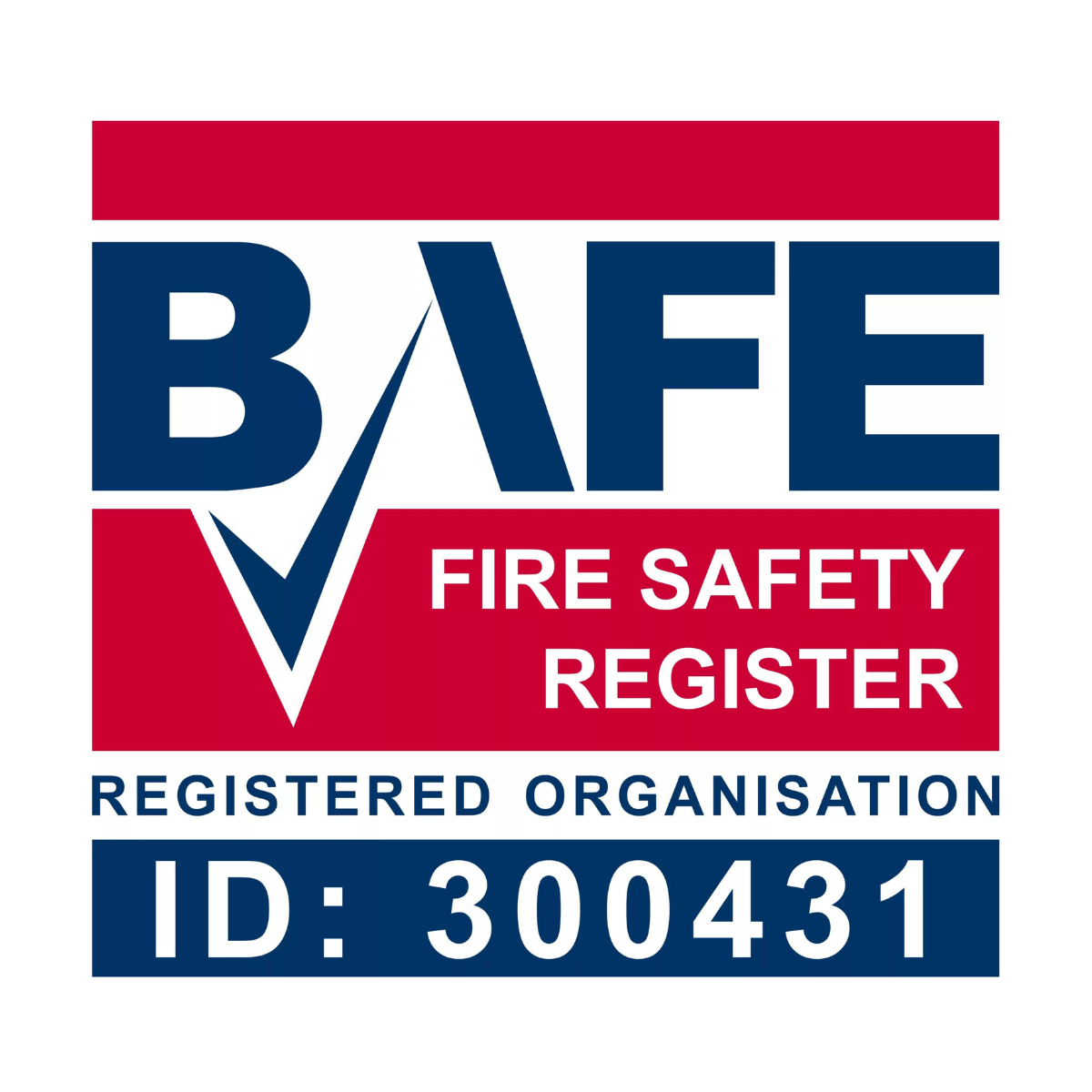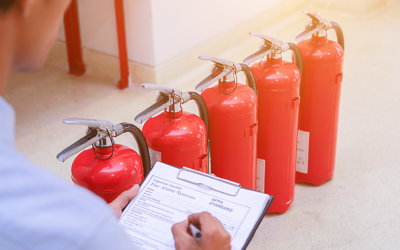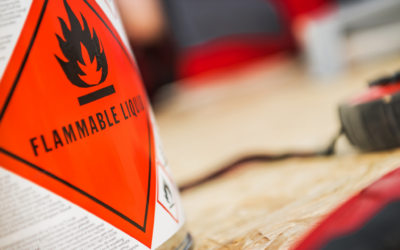Fire Protection
Lithium-ion Fire Extinguishers
Request a Call Back
Ensure your lithium battery fire extinguisher is always ready when you need it by checking it regularly. Monthly in-house checks should be conducted by you. We can then ensure that it is sited correctly, still has an anti-tamper device fitted and any gauge is reading correctly.
Factsheet
Fire Class
A lithium battery fire extinguisher is suitable for defected lithium-ion batteries that are prone to overheating and combustion.
Suitablity
A lithium battery fire extinguisher is ideal for premises with waste management facilities, energy storage, transport or aviation, logistics, factories and motorsport industries. (Please consult your Fire Risk Assessment to see if they are suitable for you premises)
Servicing
A lithium battery fire extinguisher needs to be serviced annually.
Accreditations
We work with several third-party bodies to ensure we work to the highest industry standards.
Get A Quote
Water Fire Extinguisher Enquiry Form
Fire Extinguisher Insights
Fire Extinguisher Servicing: Everything You Need To Know
In the world of fire safety, fire extinguishers are a key component. We must include them in our fire protection strategies. These pieces of kit are often the first line of defence in the event of a fire. Their portability, mixed with swift deployment can save the...
What are PFAS? The Ultimate Guide to PFAS Chemicals
PFAS are a range of man-made chemicals that have been used since the 1940s in a wide range of both industry and consumer products. They have been frequently used due to their resistance to heat, water, and oil. In recent years, PFAS have been found to have harmful...
Flammable Liquid Fire Extinguisher: A Vital Tool for Liquid Fires
In the realm of fire safety, one tool stands out as a crucial asset for effectively managing liquid fires, the flammable liquid fire extinguisher. Industrial processes and technological advancements are continuing to evolve. But the risk of flammable liquid fires...
